Free Interior architecture Image Generator
Just imagine, and we'll instantly return a variety of personalized Interior architecture images—designed to bring your creativity to life!
- 4:3
- 3:4
- 1:1

image.state.default
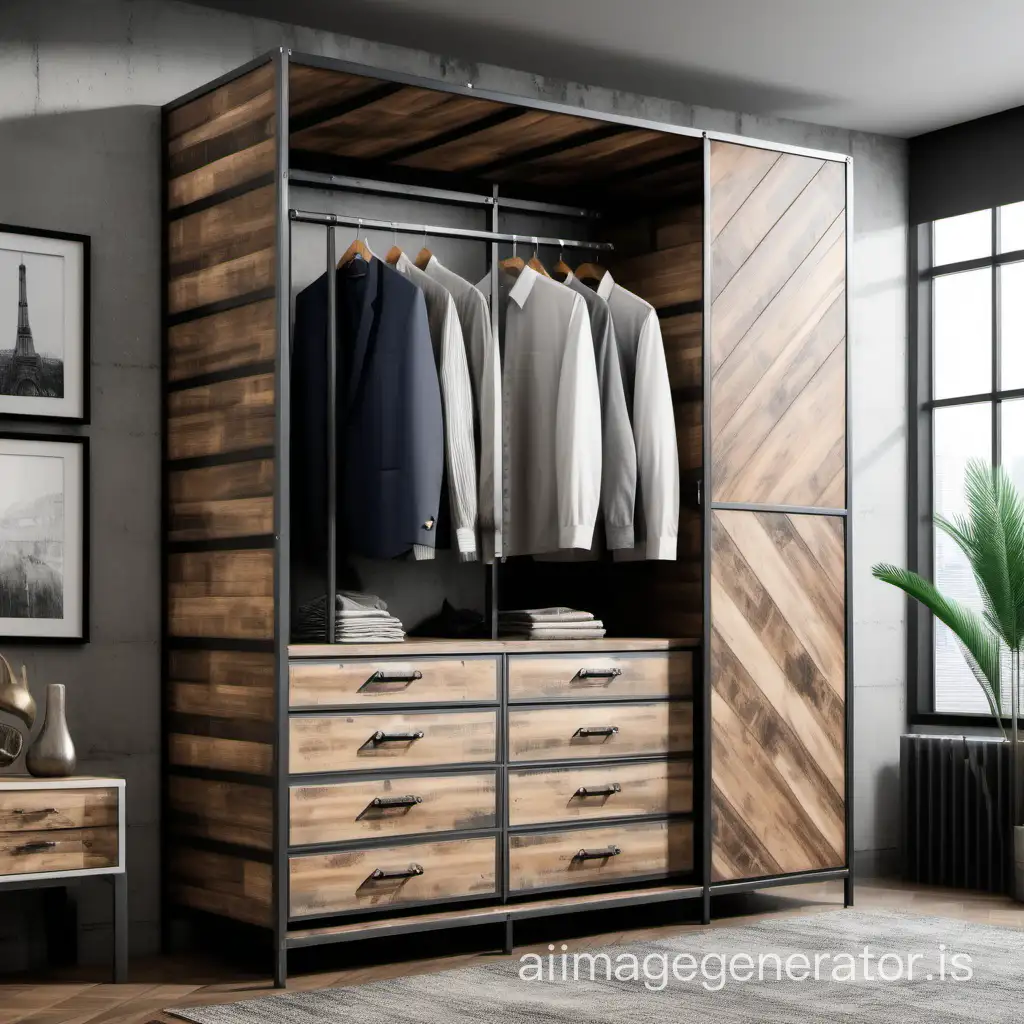
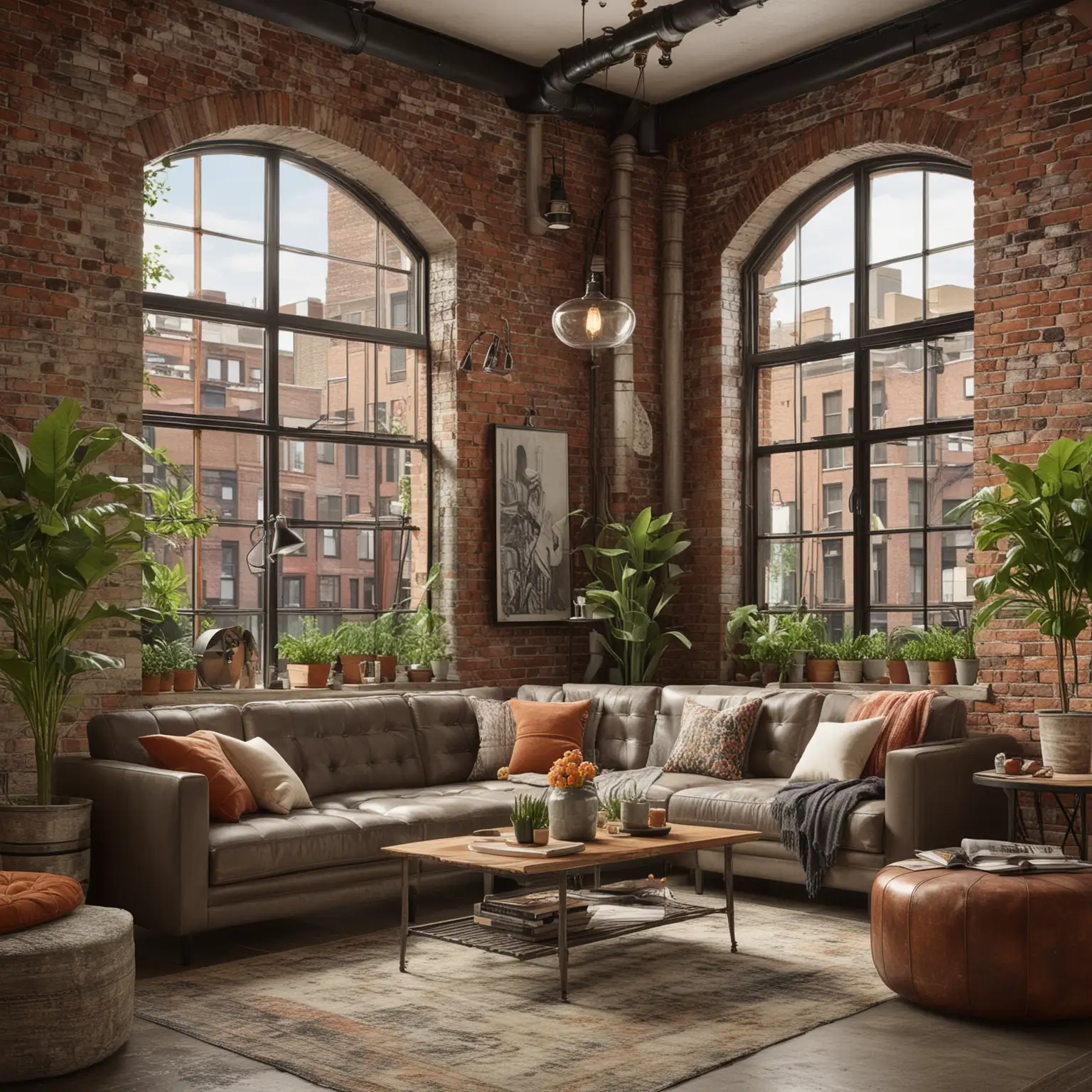
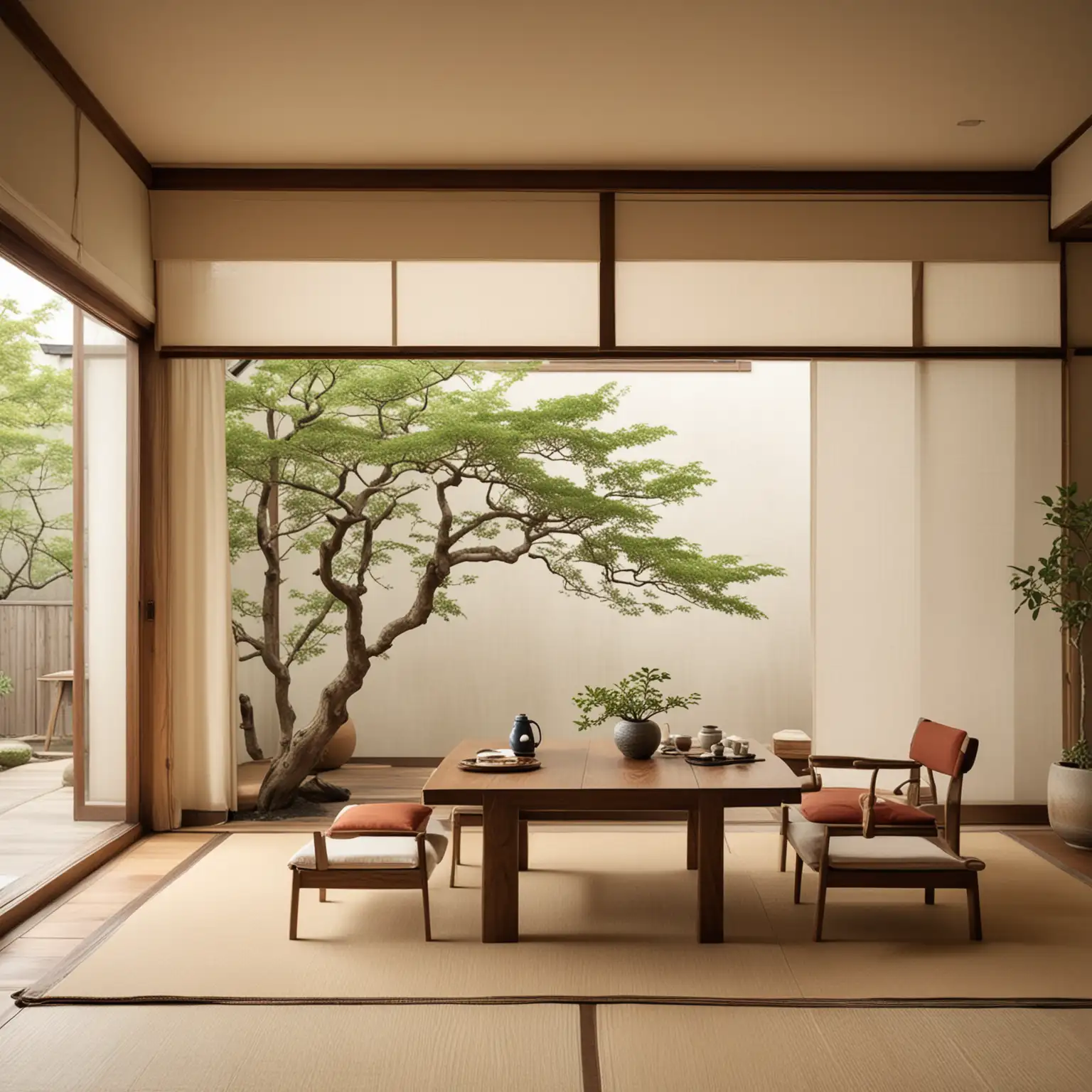

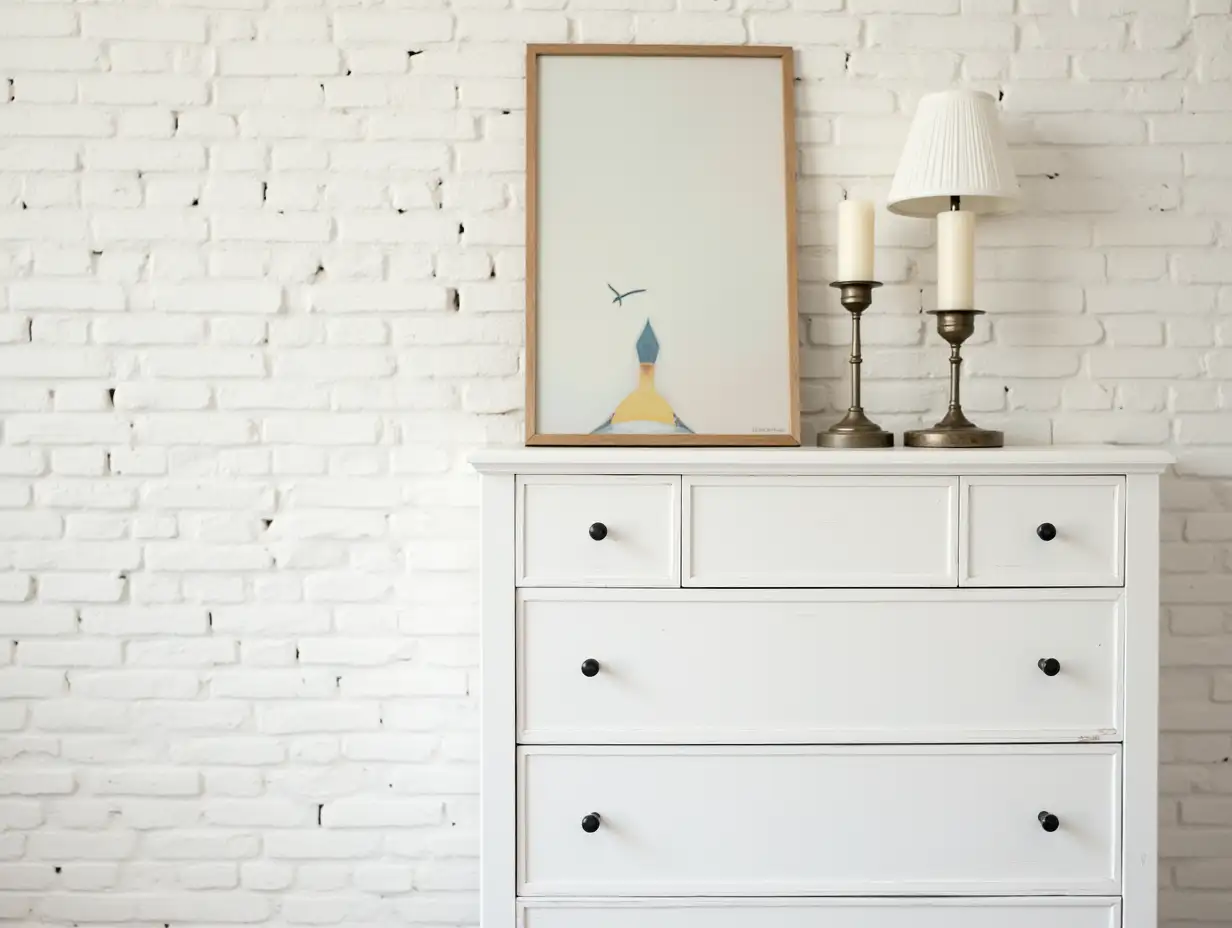
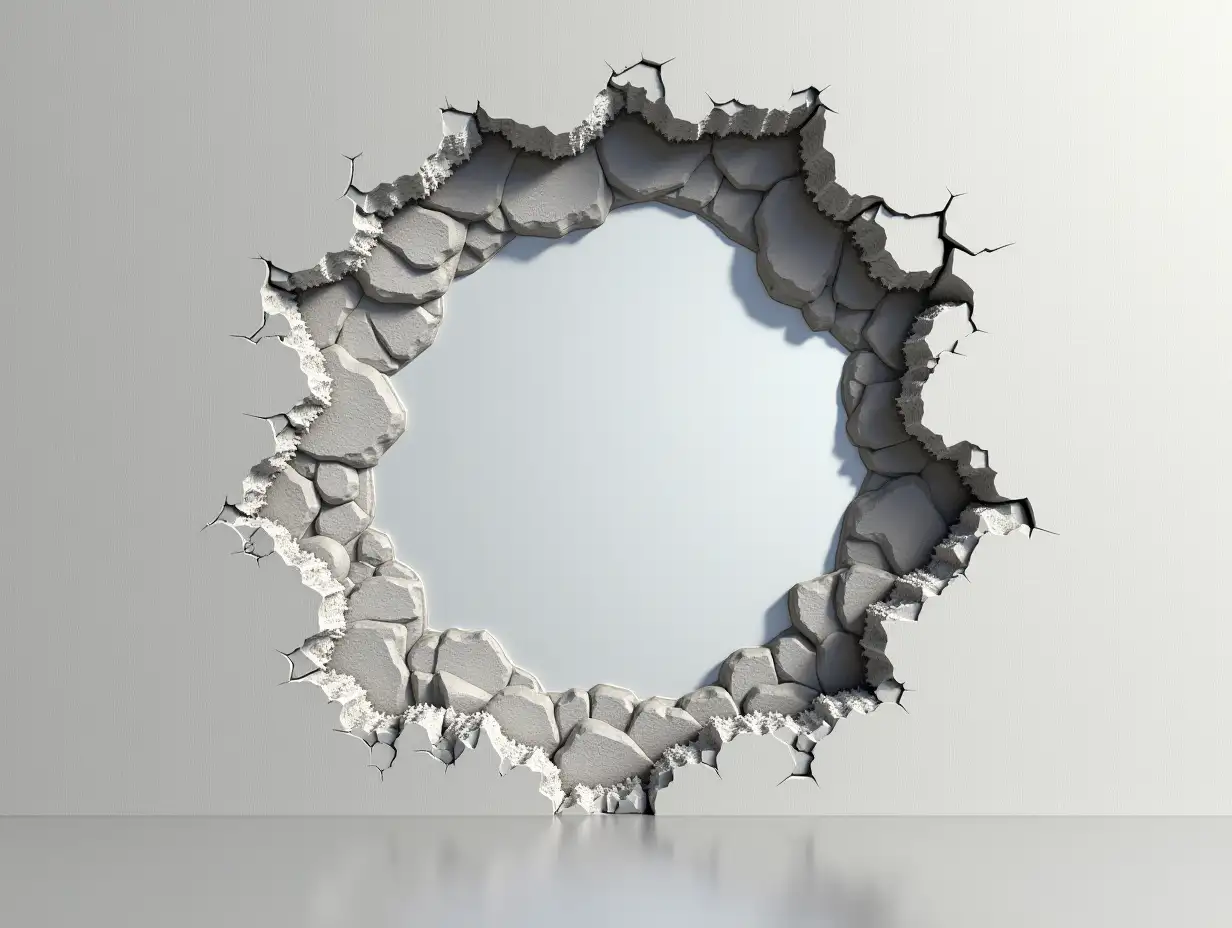
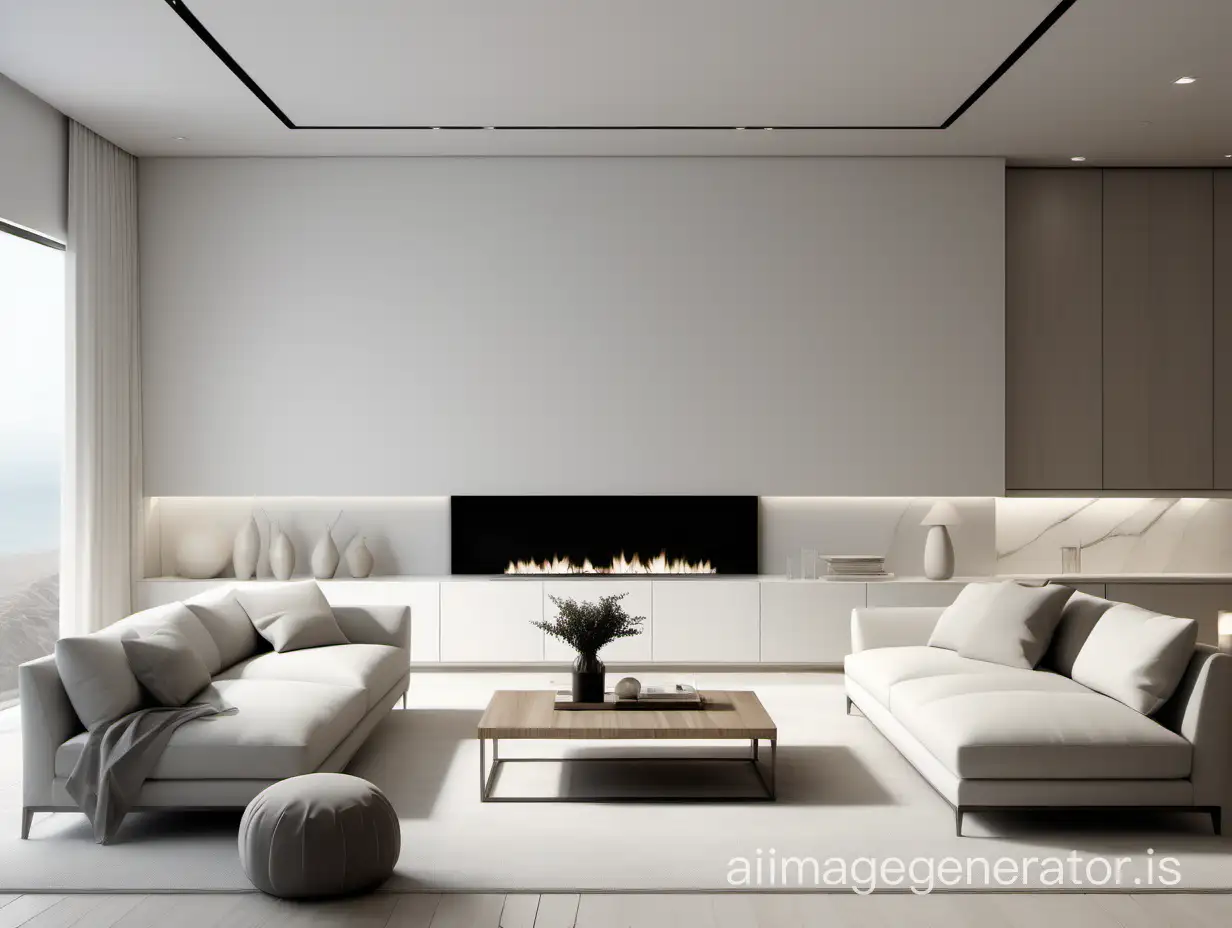
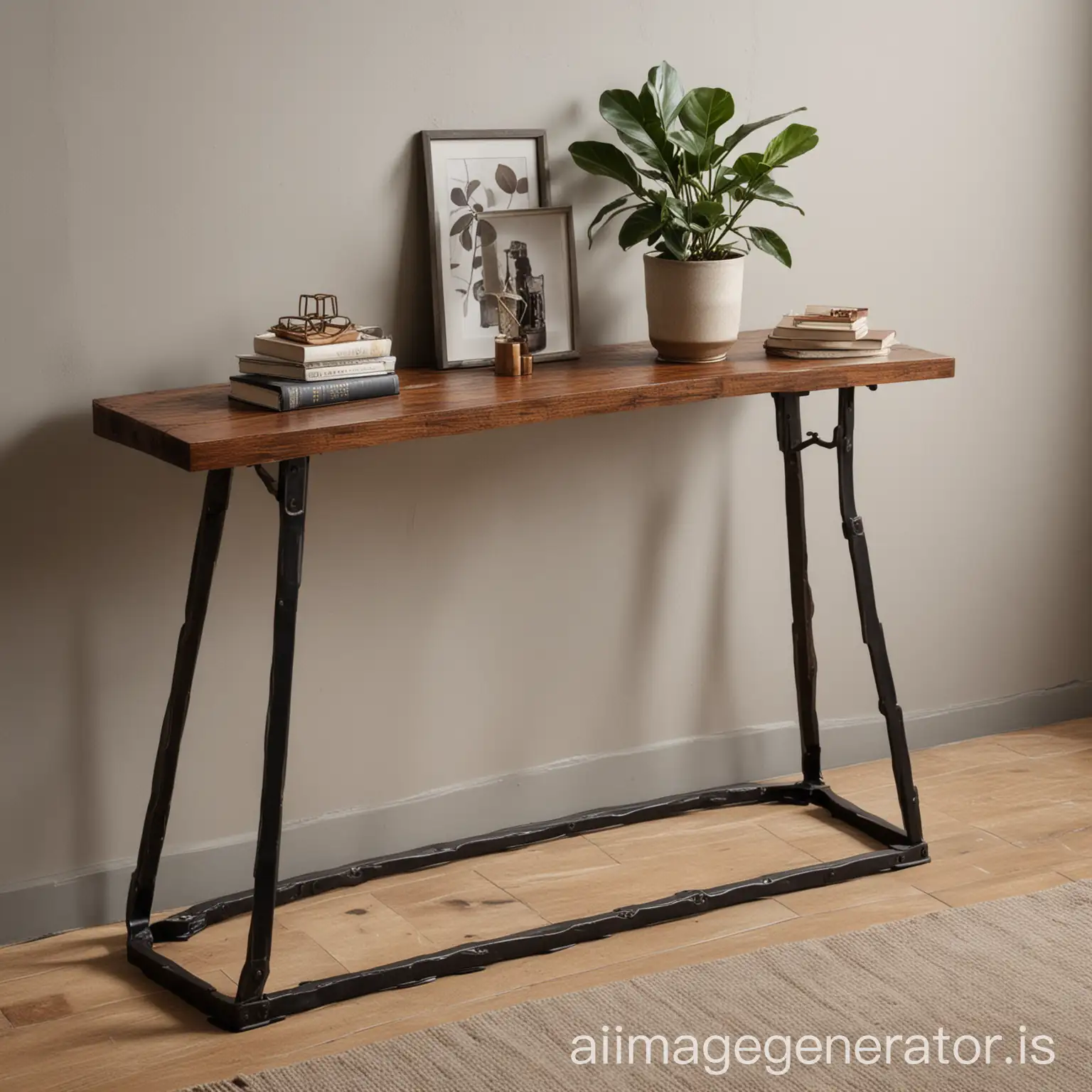
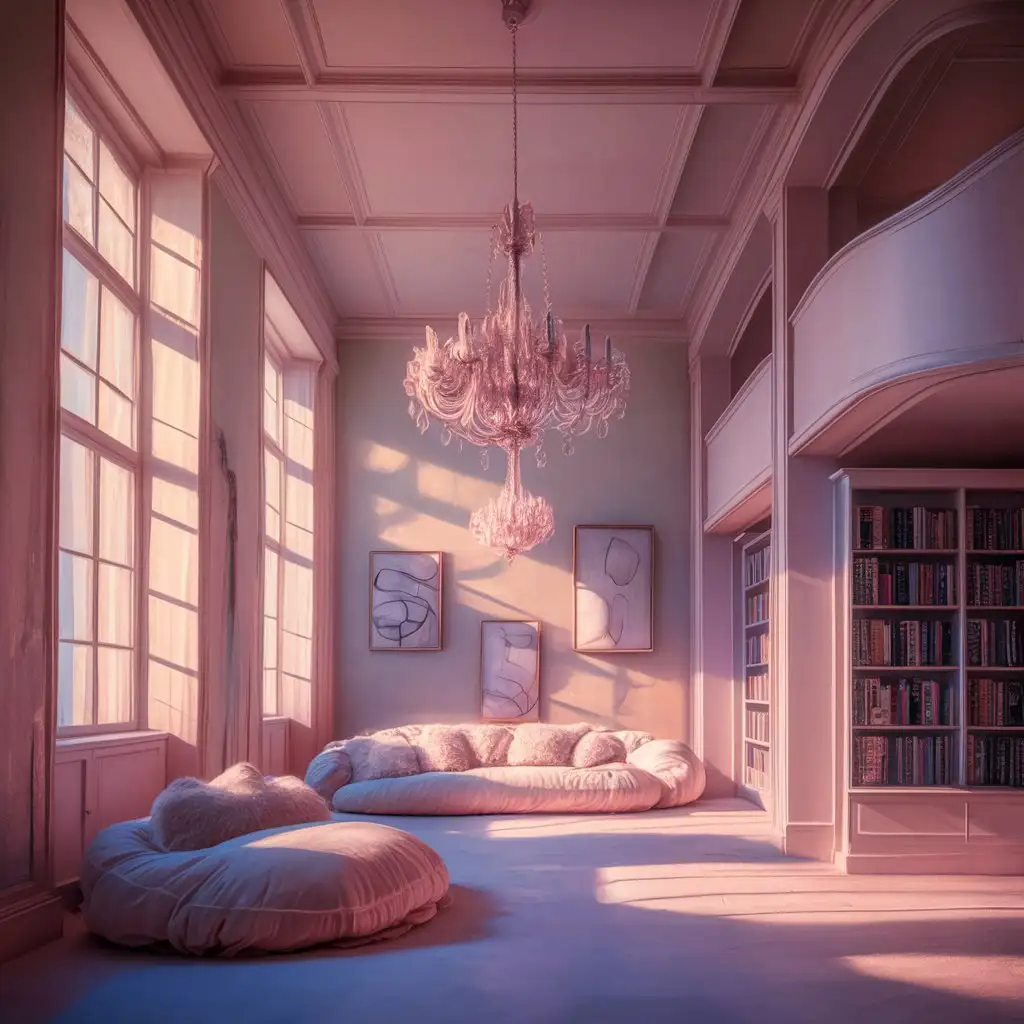
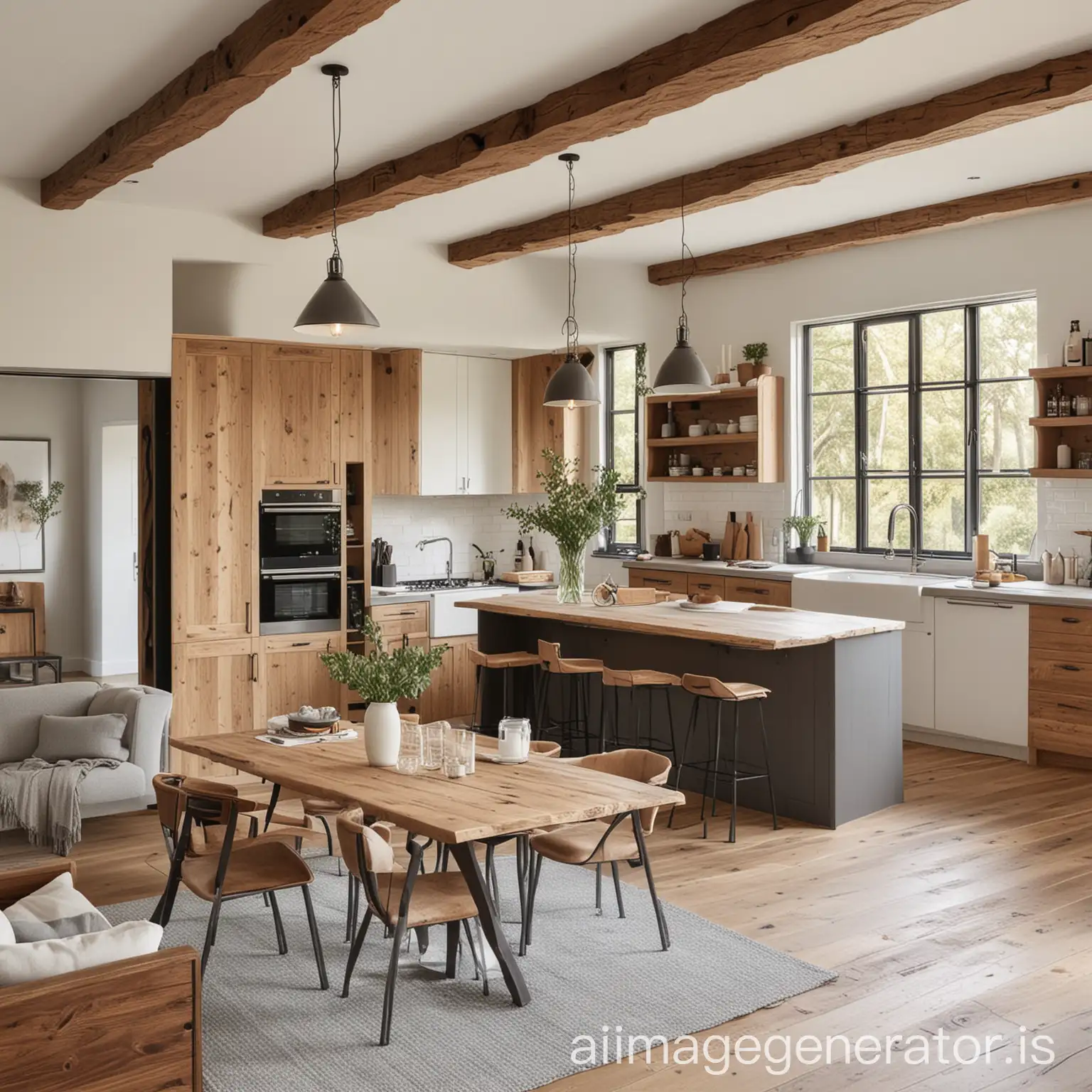

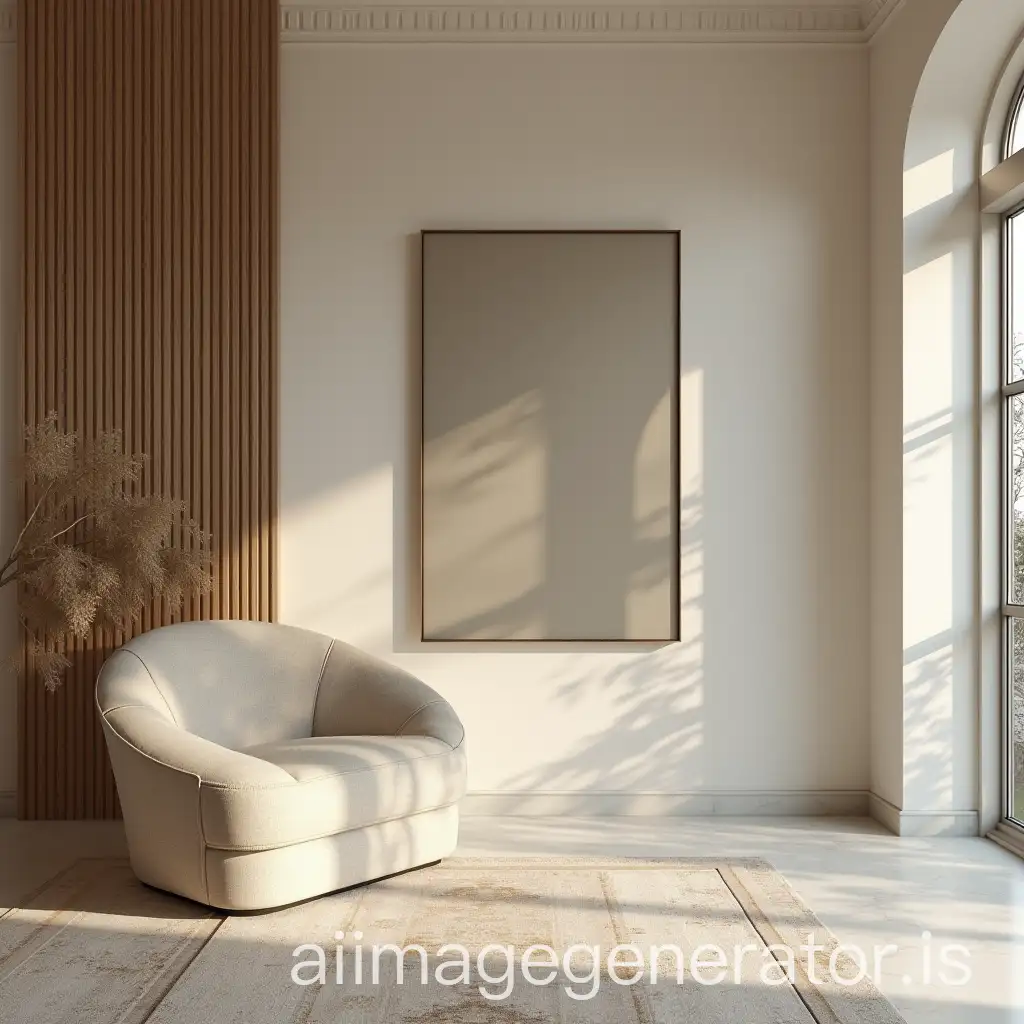
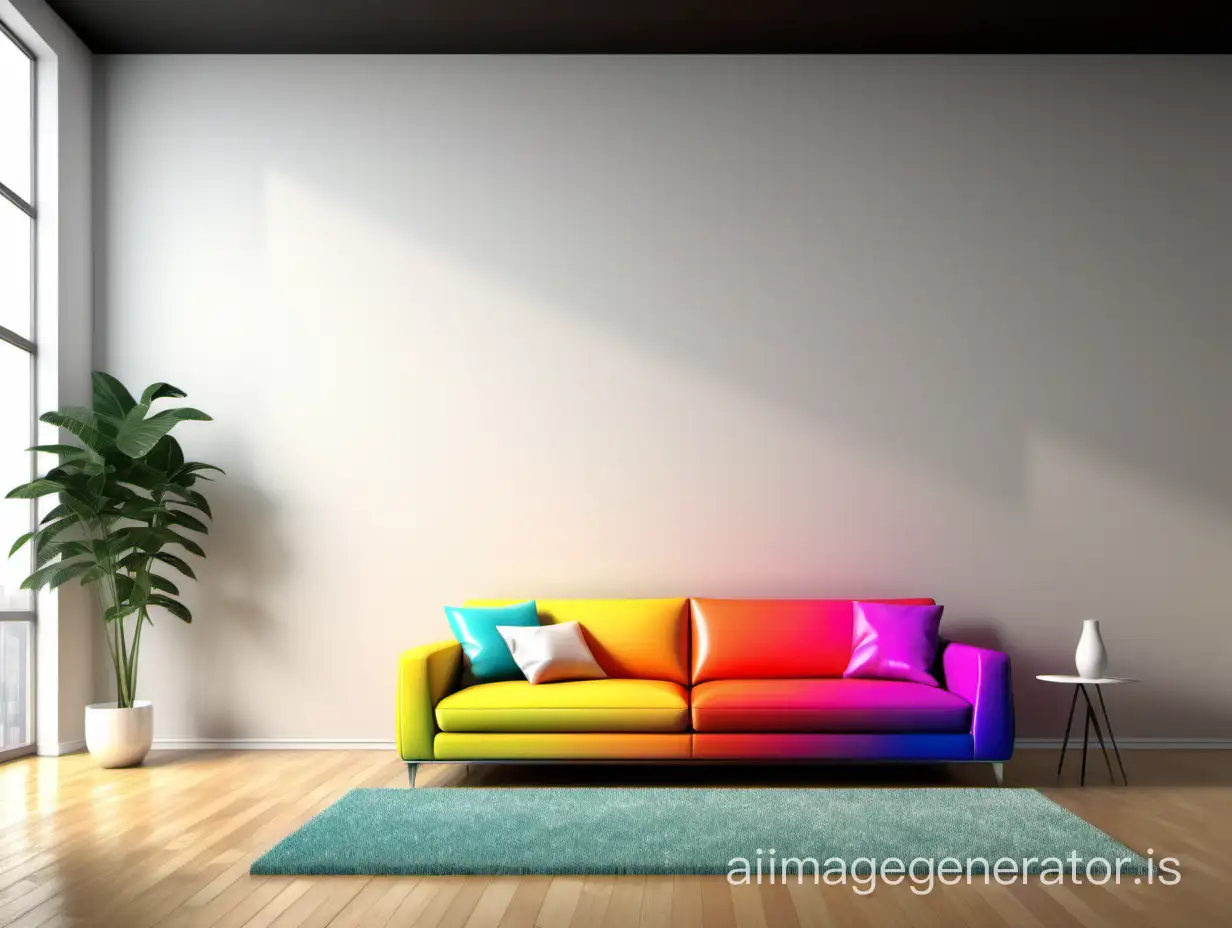
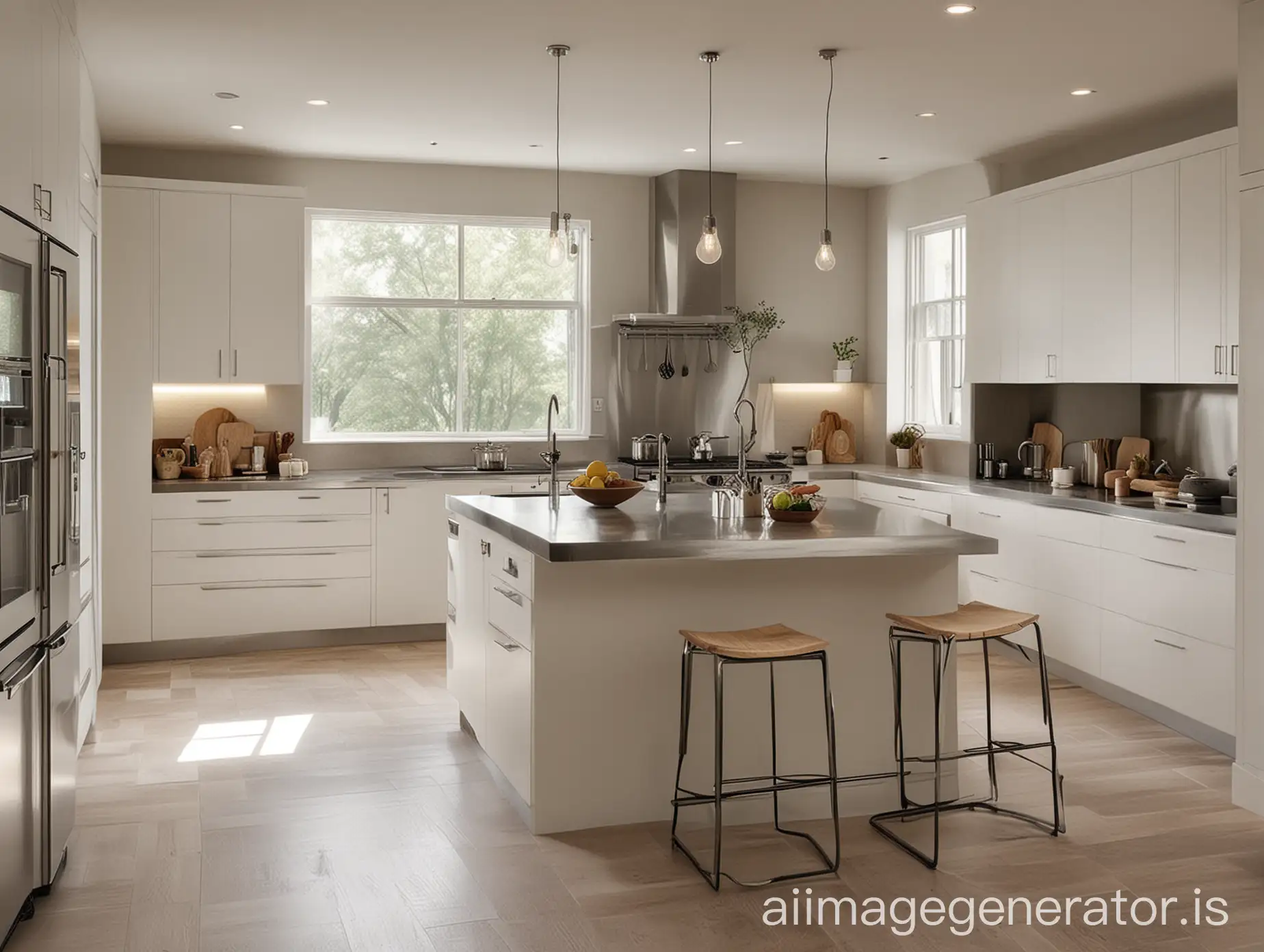
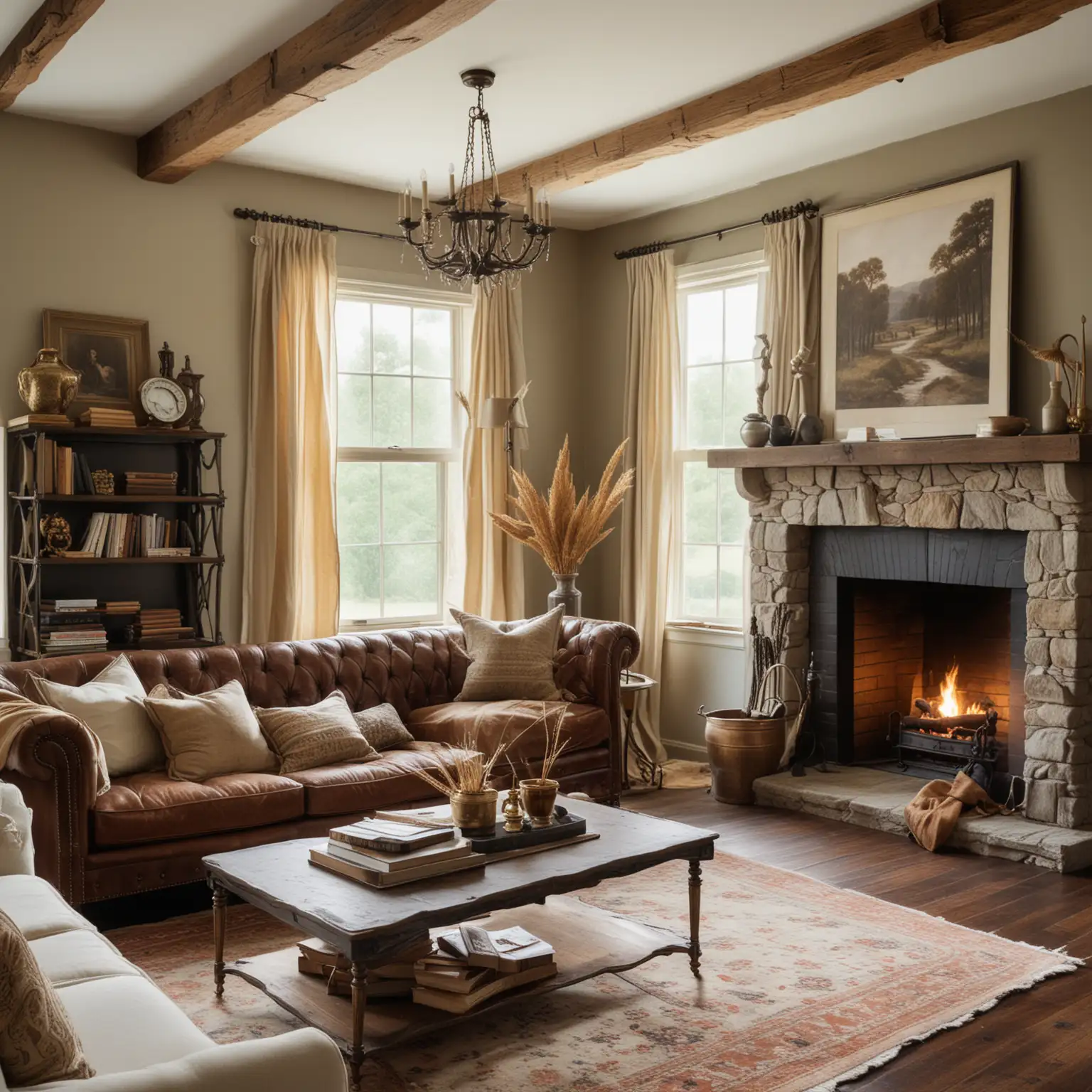
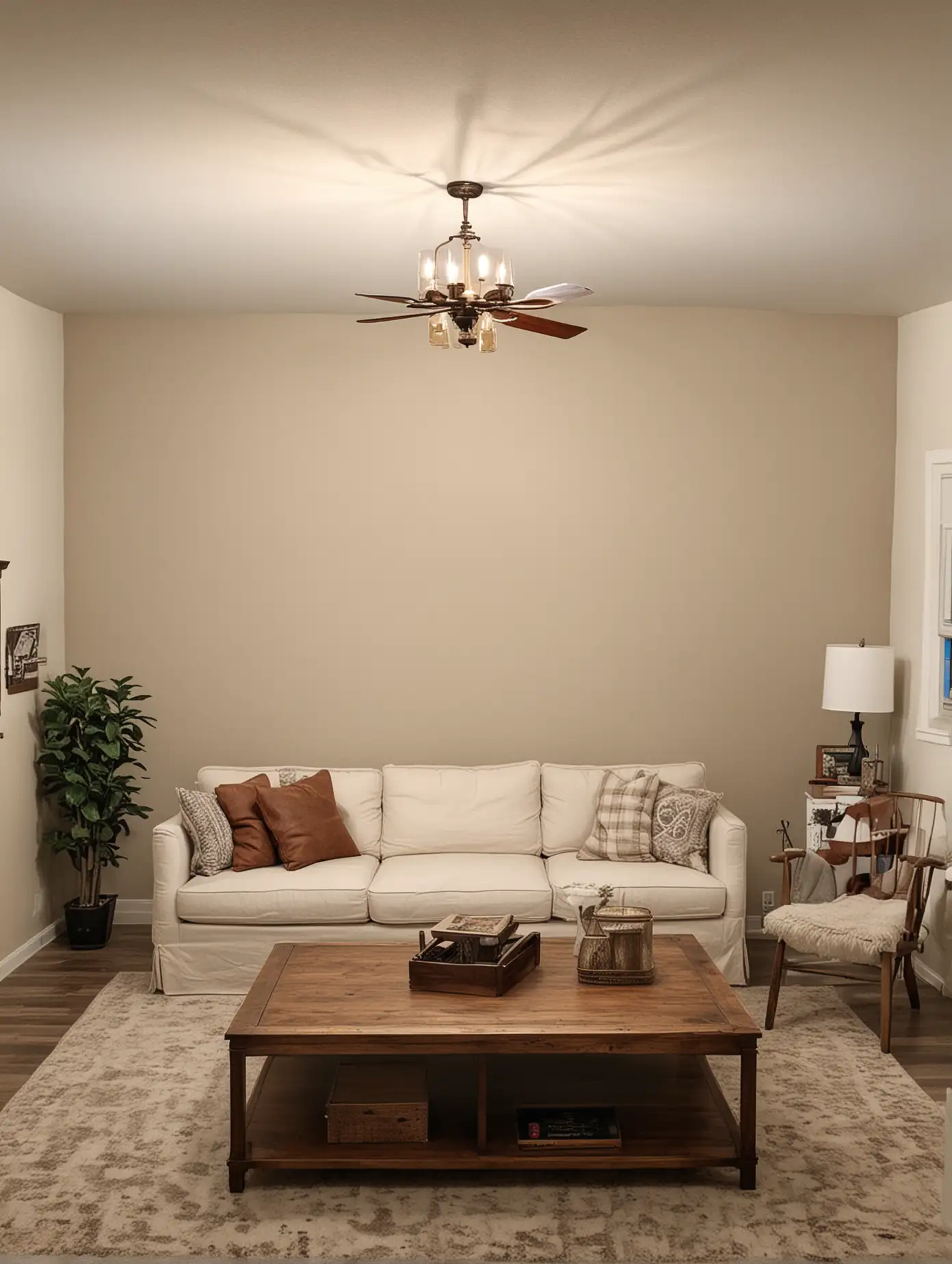
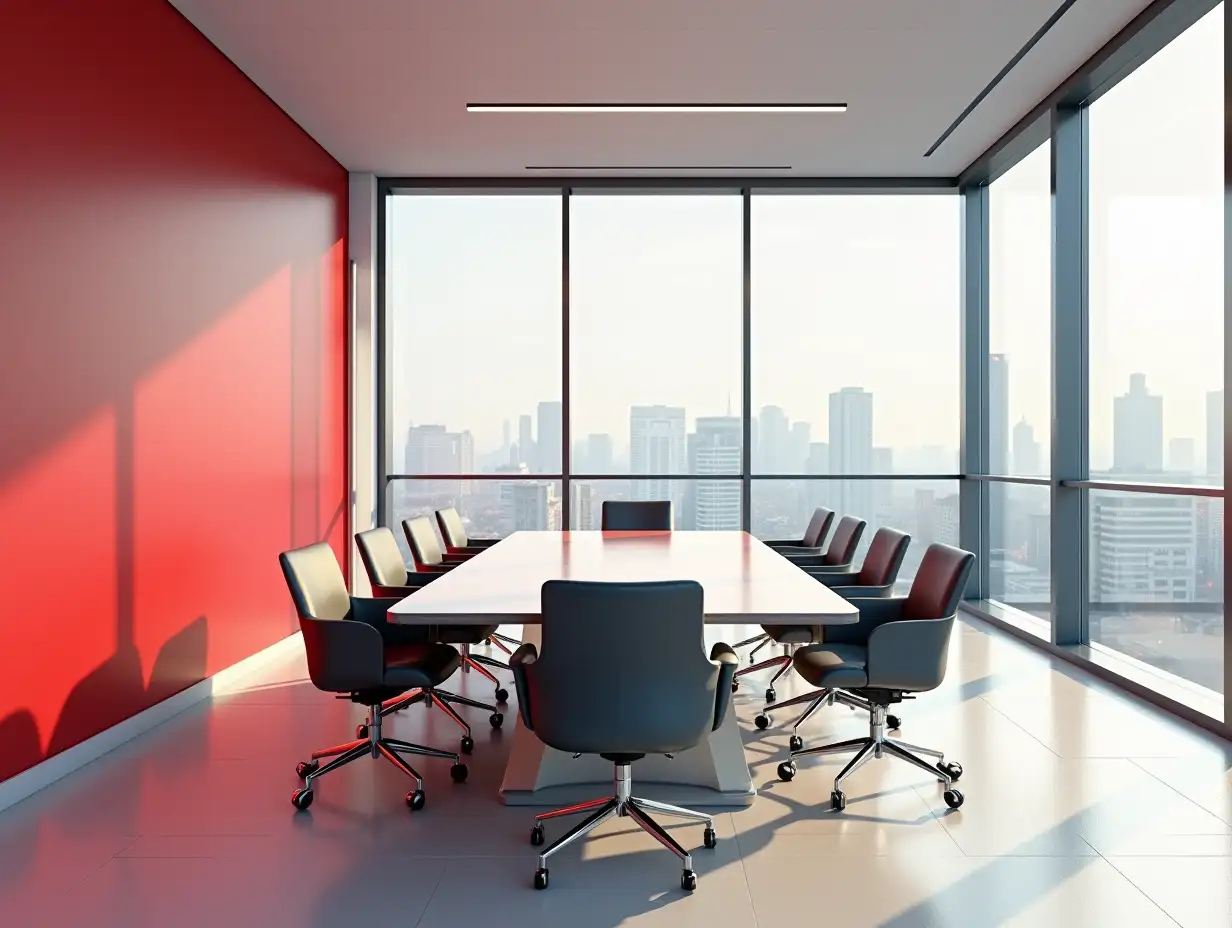
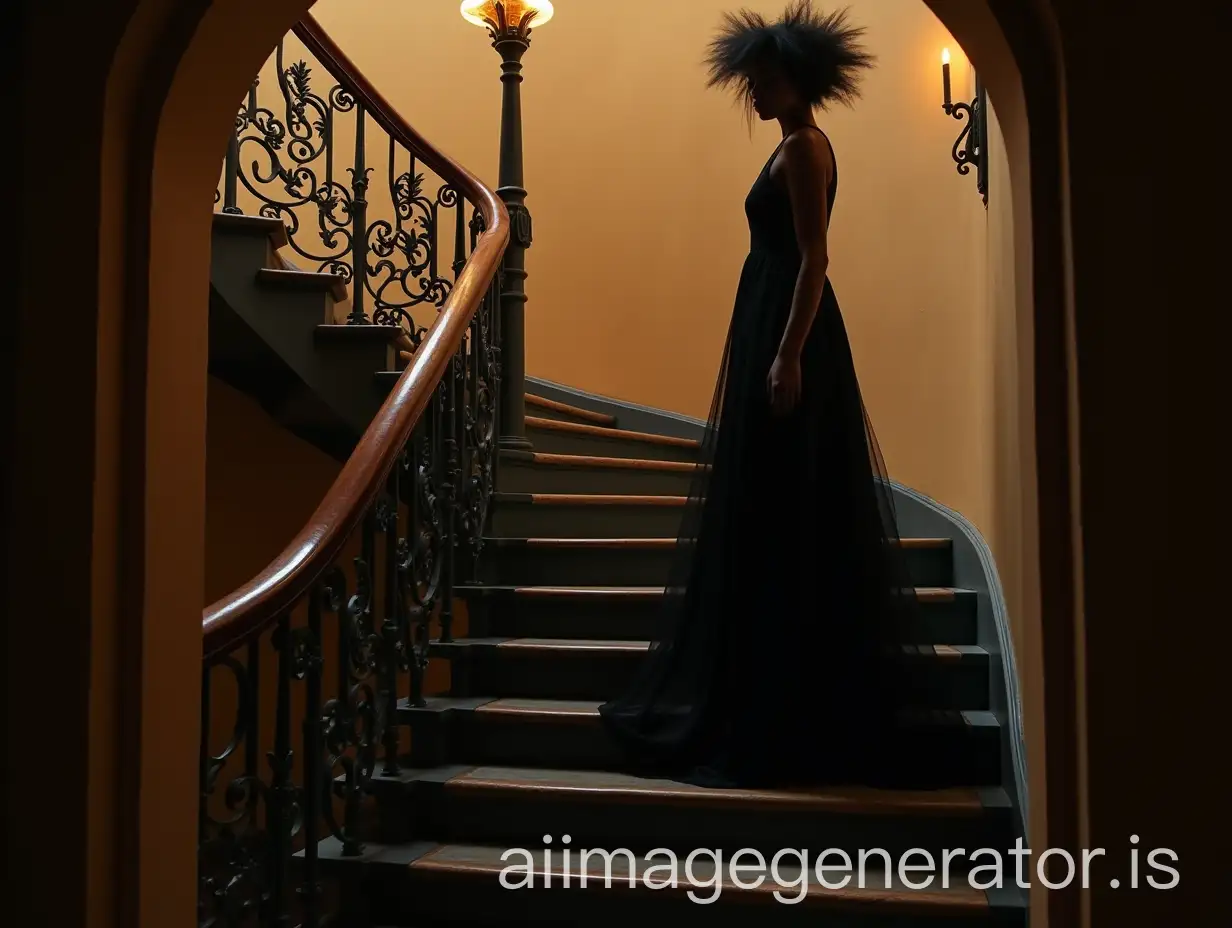
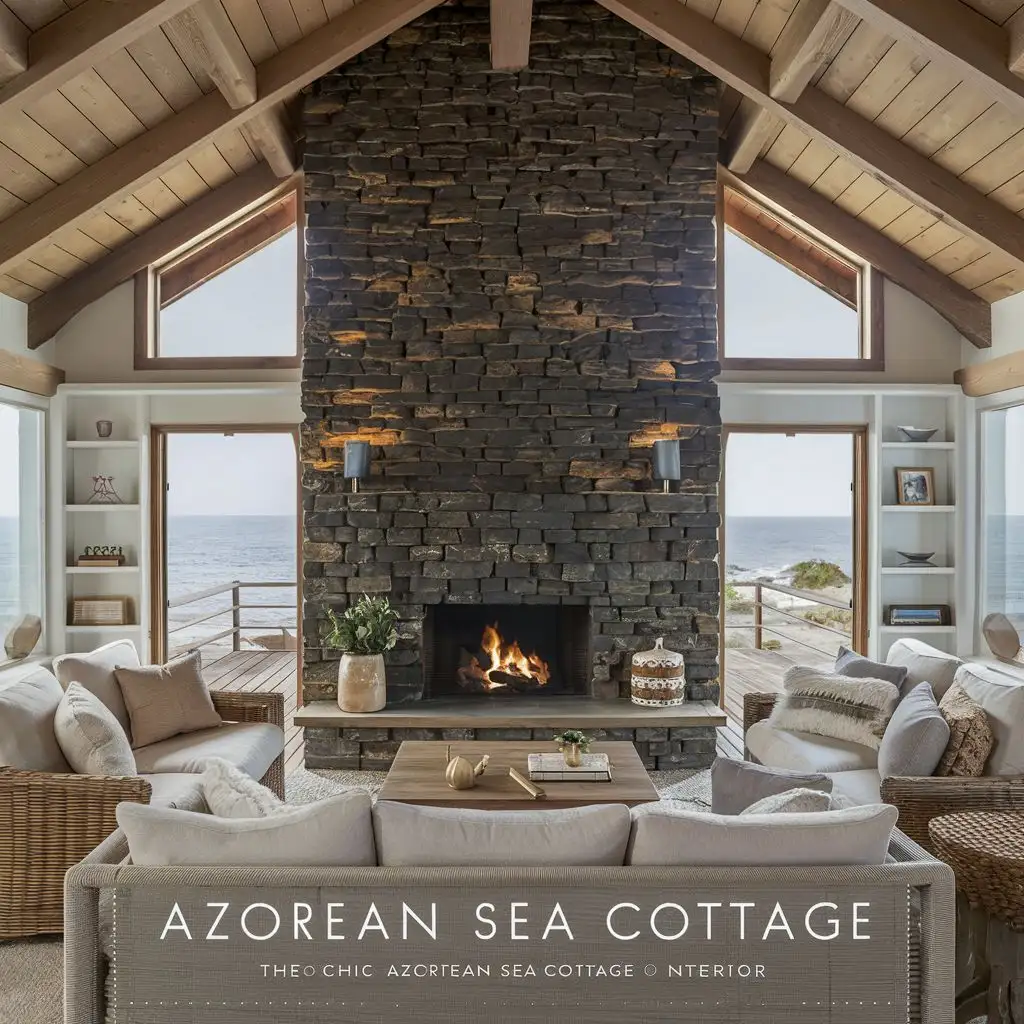
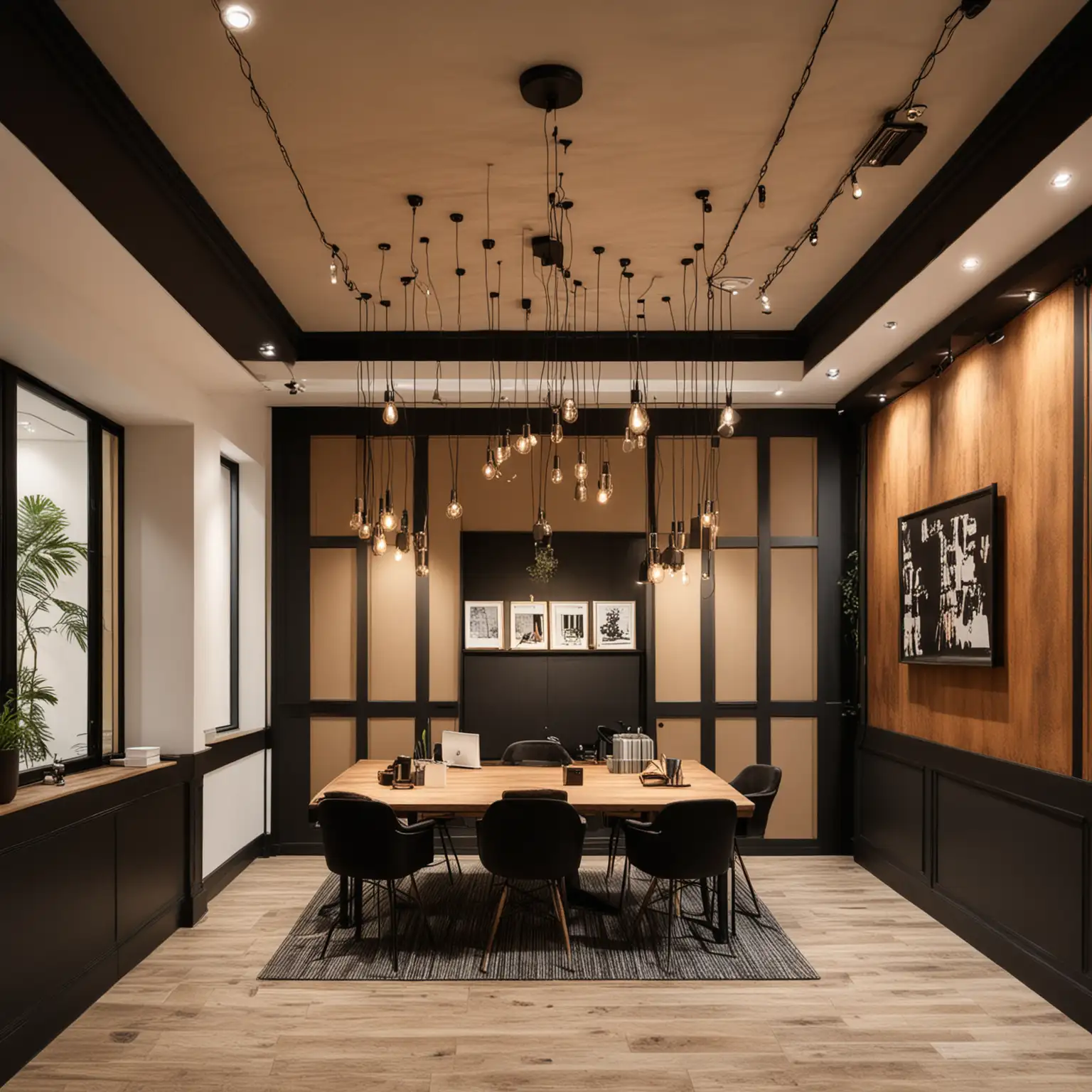
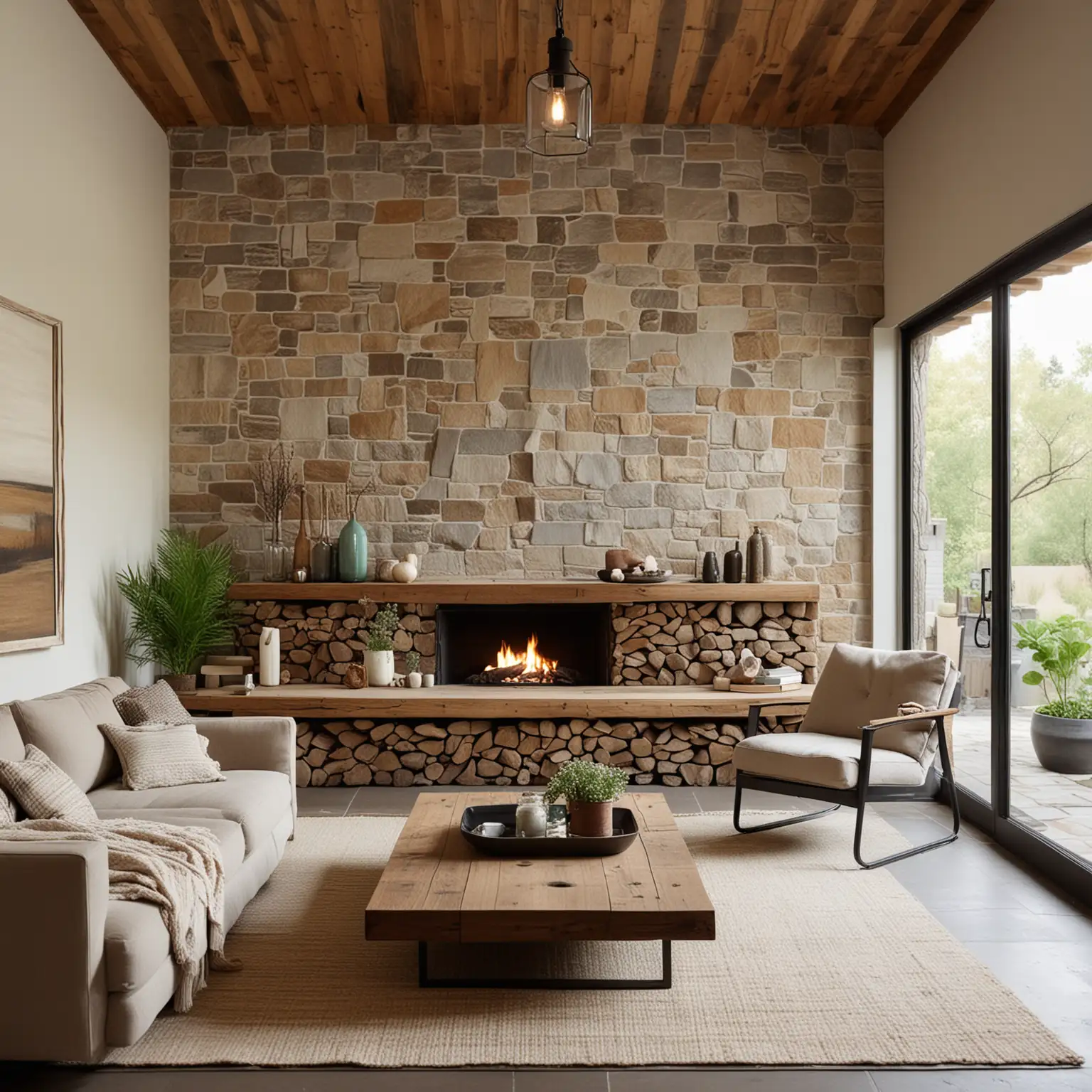

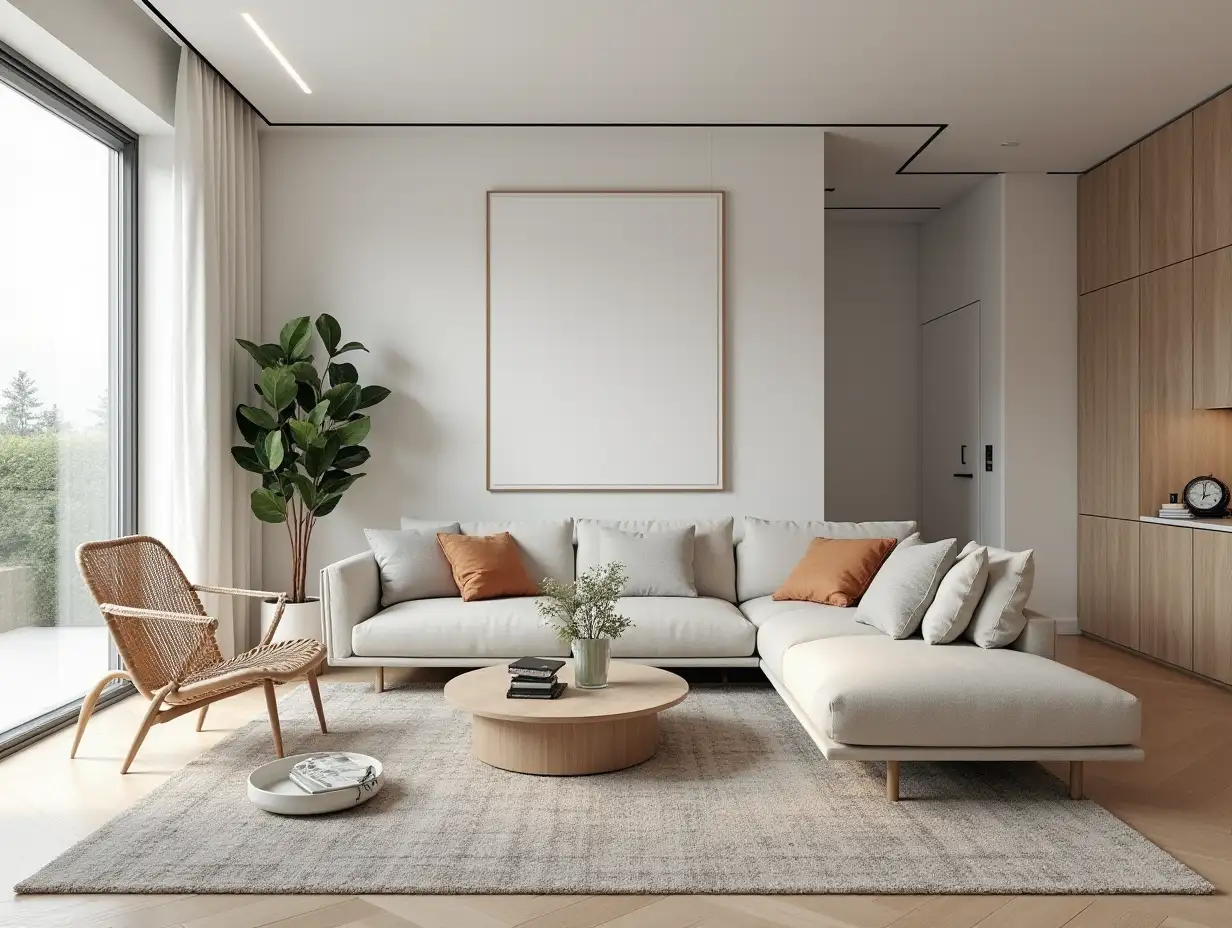
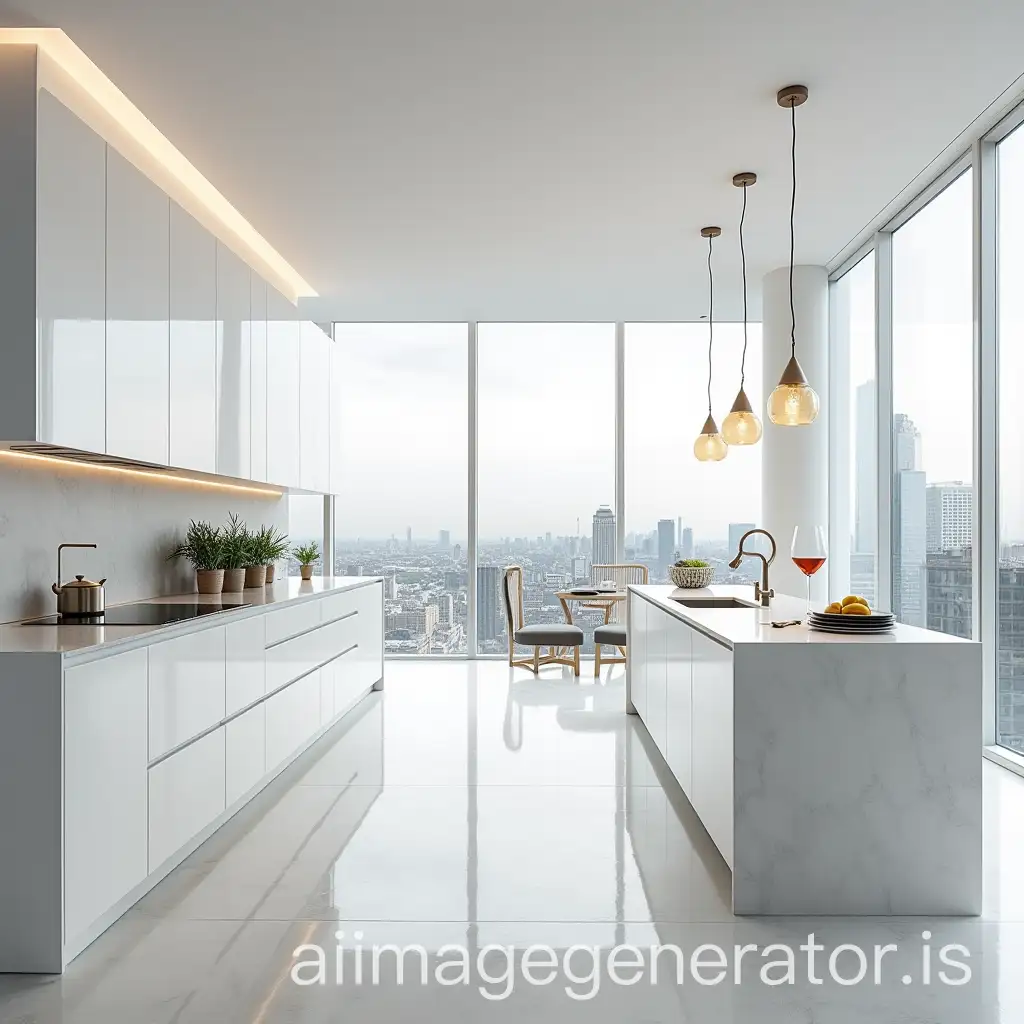
Related Tags
Interior Architecture blends the art of interior design with the principles of architecture to create aesthetically pleasing and functional indoor spaces. It focuses on the spatial arrangement, materials, lighting, and furnishings, ensuring a harmonious balance between form and function. The field has evolved from traditional architectural practices, integrating modern technology and sustainable design principles to enhance the quality and efficiency of interior environments.
Definition and Background of Interior Architecture
Key characteristics of Interior Architecture include attention to spatial planning, the use of natural and artificial light, material selection, and ergonomic design. It is applied in various settings such as residential, commercial, hospitality, and healthcare environments. Interior Architects create cohesive designs that meet the aesthetic and functional needs of clients, improving the overall experience of the spaces they inhabit. For instance, they might design a comfortable, visually appealing living room or an efficient, welcoming office space.
Characteristics and Applications of Interior Architecture
Prominent works in Interior Architecture include Frank Lloyd Wright's Fallingwater, known for its harmonious integration with the natural surroundings, and Zaha Hadid's futuristic interiors, characterized by bold, fluid forms. Influential Interior Architects such as Le Corbusier, who advocated for minimalist design and open floor plans, and Kelly Wearstler, renowned for her eclectic and luxurious style, have significantly shaped the field. Their innovative approaches continue to inspire new generations of designers.
Notable Works and Influential Interior Architects
The future of Interior Architecture is moving towards sustainability, smart technology integration, and personalized design solutions. Sustainable practices involve the use of eco-friendly materials, energy-efficient lighting, and designs that promote natural ventilation. Smart technology is transforming interiors with features like automated lighting, climate control, and security systems. Personalized design is becoming more prevalent, with Interior Architects tailoring spaces to the unique preferences and lifestyles of their clients, creating environments that are not only beautiful but also highly functional.
Future Development Trends in Interior Architecture